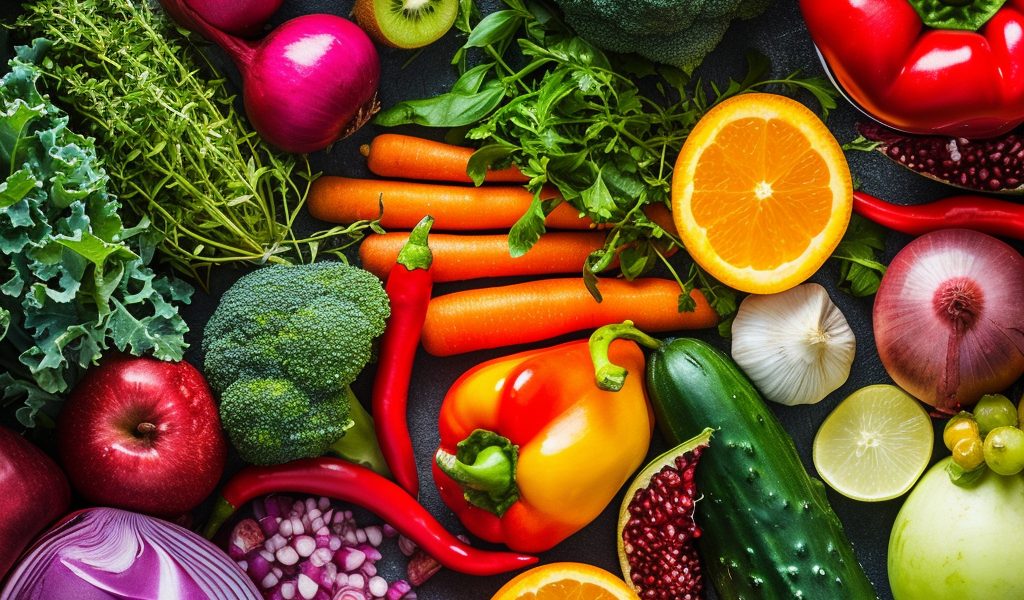Flavonoids and bioflavonoids are gaining attention for their potential health benefits. These powerful phytochemicals are found in a wide range of fruits, vegetables, and herbs, as well as in chocolate, tea, and wine. They are known for their ability to maximize the benefits of vitamin C and have been linked to various health-promoting properties.
Commonly found in colorful foods like broccoli, kale, red onions, hot peppers, rutabaga, spinach, and watercress, bioflavonoids have been associated with antiviral, anti-allergy, anti-inflammatory, and anti-tumor effects.
Flavonoids, also known as ‘vitamin P,’ are a diverse group of over 5,000 hydroxylated polyphenolic compounds that play essential roles in plants. In humans, their biological activities are influenced by their chemical nature and can be categorized into subgroups such as isoflavones, anthocyanidins, flavans, flavonols, flavones, and flavanones.
Research suggests that flavonoids exhibit a range of health-promoting activities, including anti-inflammatory, anti-thrombogenic, anti-diabetic, anti-cancer, and neuroprotective effects. The presence of flavonoids in a food item is often indicated by its vibrant color, making them easy to identify and incorporate into a balanced diet.
From supporting cardiovascular health to reducing the risk of chronic diseases, the potential benefits of flavonoids and bioflavonoids make them valuable components of a healthy diet. As interest in these compounds continues to grow, incorporating a variety of colorful fruits and vegetables into your daily meals can help ensure an adequate intake of these beneficial phytochemicals.





